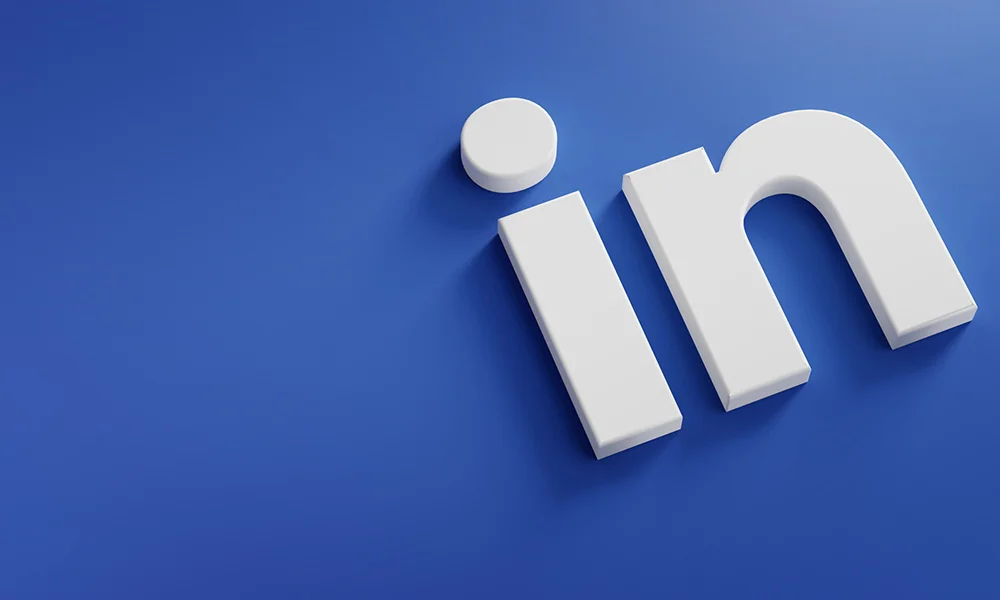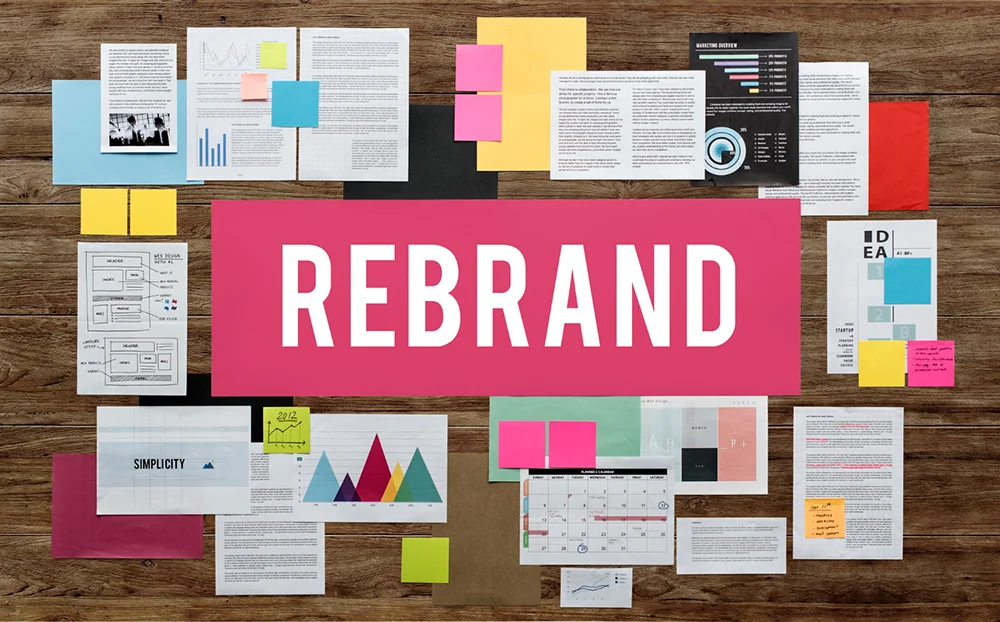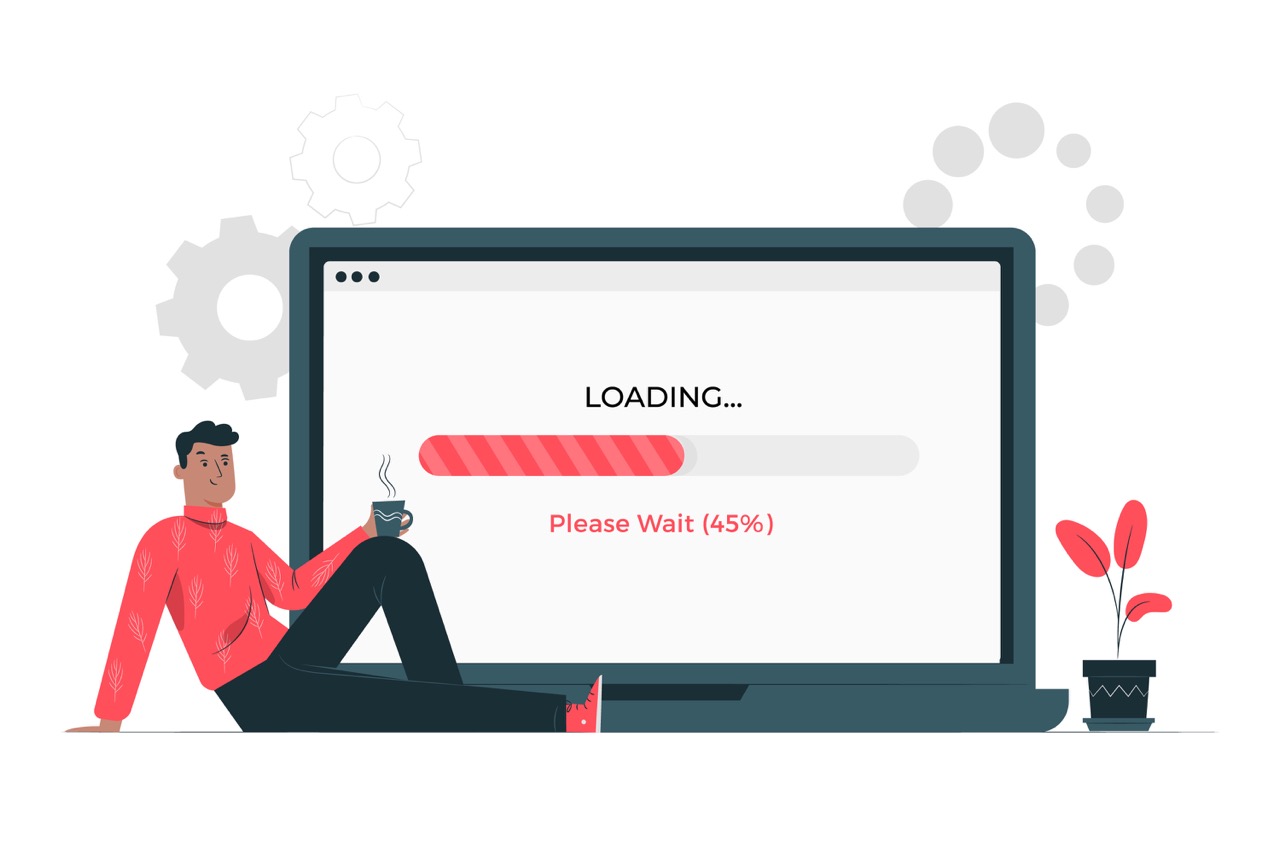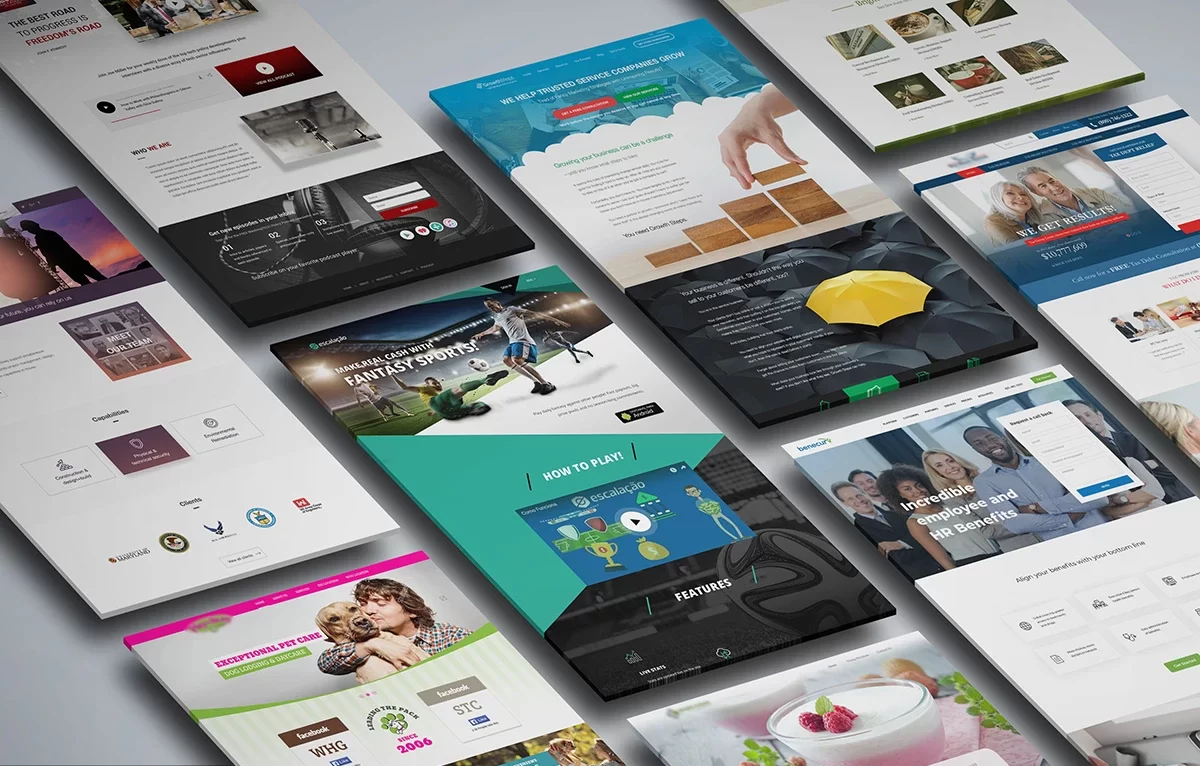
The art of creating a high-converting landing page is one of the most critical skills a digital marketer should possess. A landing page acts as the digital storefront for your product or service, and it often serves as the first point of contact between your business and potential customers.
In this informative and example-based guide, we will explore the key elements and best practices that will help you craft landing pages that captivate, persuade, and convert.
1. Set Clear Goals and Objectives
Before diving into the design and content creation process, it’s crucial to establish clear goals and objectives for your landing page. What action do you want your visitors to take? What actions will you track as successful conversions?
Common goals include:
- Encouraging product or service purchases.
- Collecting email addresses for your newsletter.
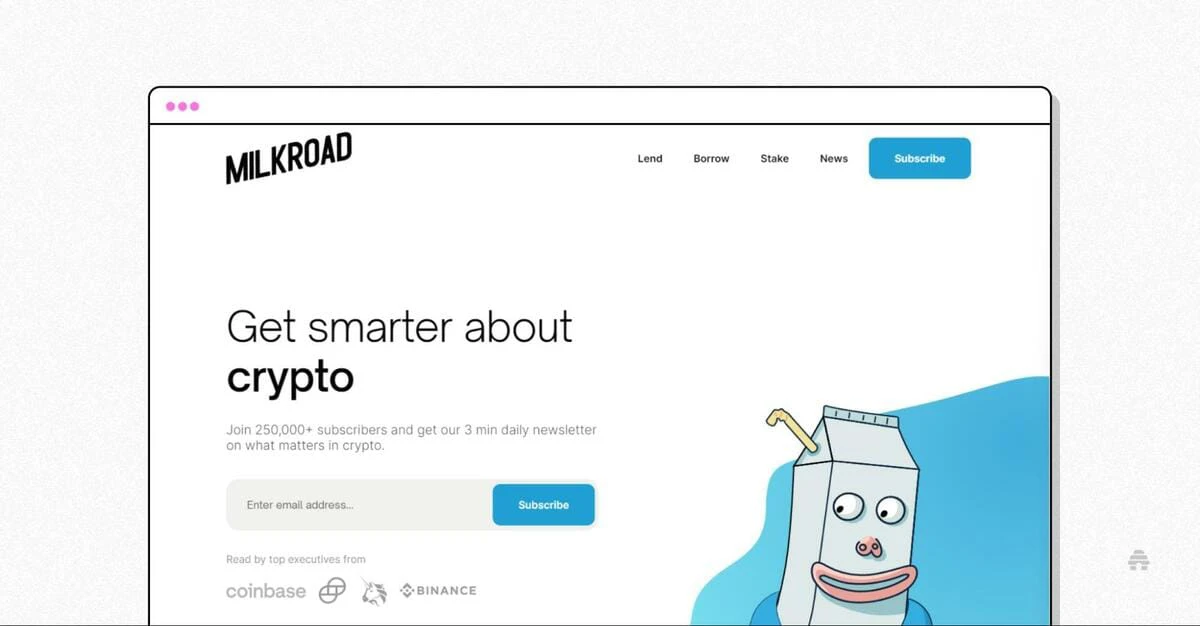
- Promoting a webinar or event registration.
- Downloading an e-book, whitepaper, or other lead magnet
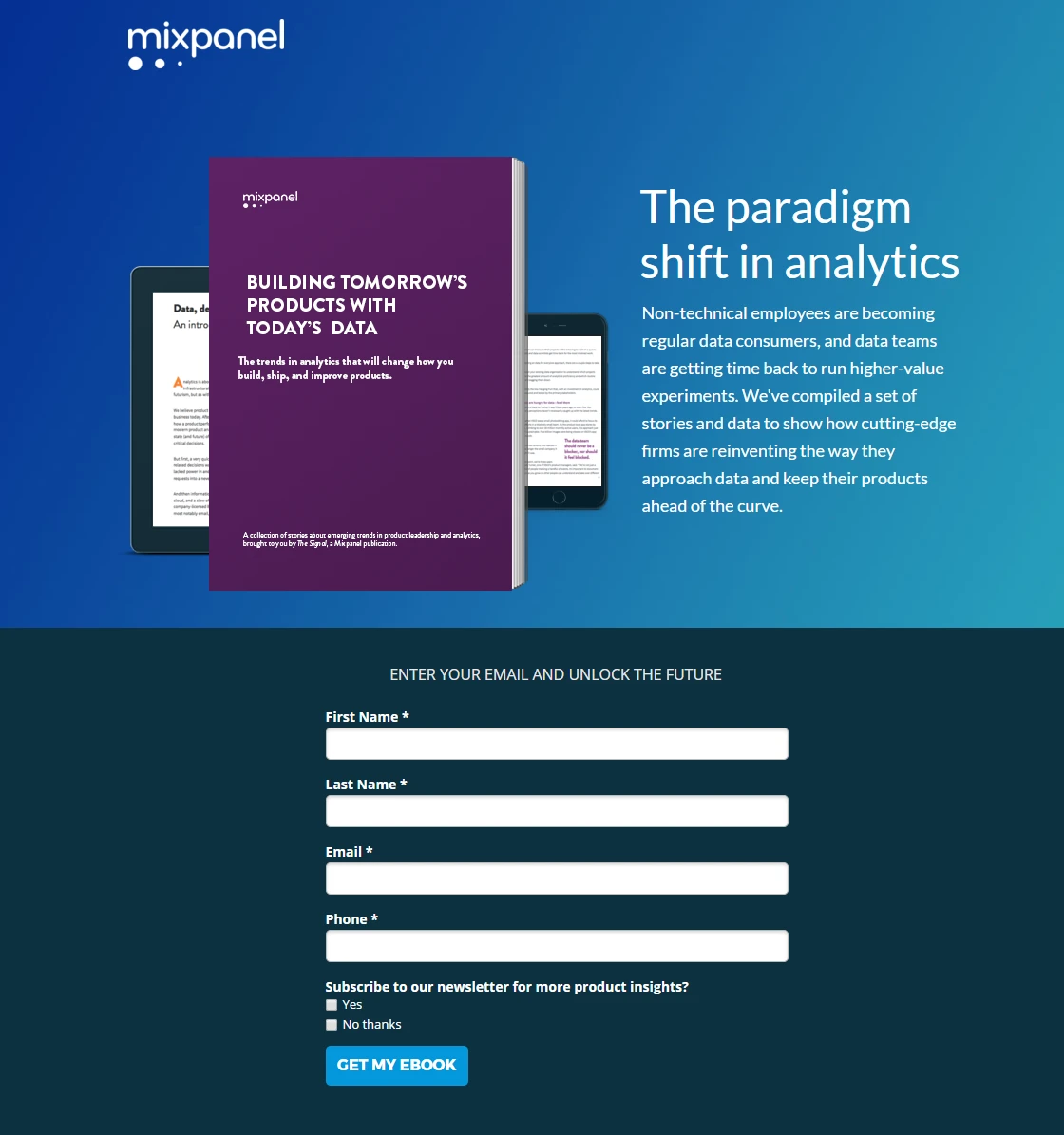
Having a well-defined goal will shape your entire landing page strategy, from content to design and call-to-action (CTA) placement.
2. Craft a Compelling Headline
The headline is the first thing visitors see when they land on your page. It should be concise, attention-grabbing, and directly related to your offer.
A compelling headline understands its audience and addresses the visitor’s pain point or desire and entices them to read further.
Here are a couple of more quick headline tips:
- Be specific and clear
- Use emotion
- Use numbers (f.ex. “7 Steps to Improving your Sleep”)
- Keep it short and simple (6 to 8 words long)
- Create curiosity
- Optimize your headline for SEO (but also keep it natural and informative)
3. Create a Persuasive Subheadline
The subheadline complements the headline by providing additional context and information. It should support the main headline and explain the value of your offer. Keep it concise and persuasive.
4. Use Engaging Visuals
Visual elements, such as images, videos, and graphics, play a crucial role in capturing your audience’s attention and conveying information. Use visuals that are relevant to your offer and resonate with your target audience.
- Include high-quality images of your product or service.
- Utilize videos that explain the benefits or demonstrate how your offering works.
- Use infographics to present data or statistics related to your offer.
Visuals should complement your written content and guide visitors toward your CTA.
5. Write Compelling Copy
The written content on your landing page should be concise, persuasive, and focused on the benefits of your offer. Use clear and easy-to-understand language. Highlight how your offer addresses the visitor’s needs or pain points.
- Use bullet points to break down key benefits.
- Incorporate customer testimonials or success stories for credibility.
- Emphasize the unique selling points (USPs) of your offer.
Remember that visitors often skim content, so make sure your copy is scannable and compelling.
6. Build Trust with Social Proof
Trust is a crucial factor in convincing visitors to take action. Incorporate social proof elements to build credibility and trust:
- Display logos of well-known clients or partners.

- Showcase user reviews, ratings, or testimonials.
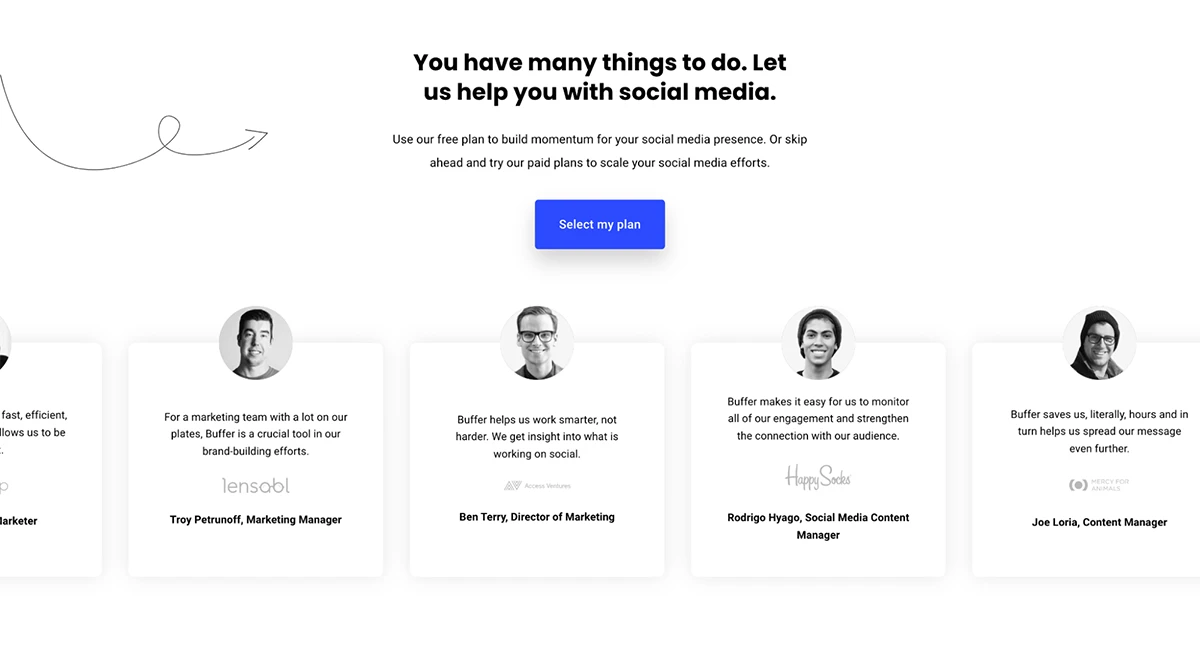
- Mention any industry awards or recognition your product or service has received.
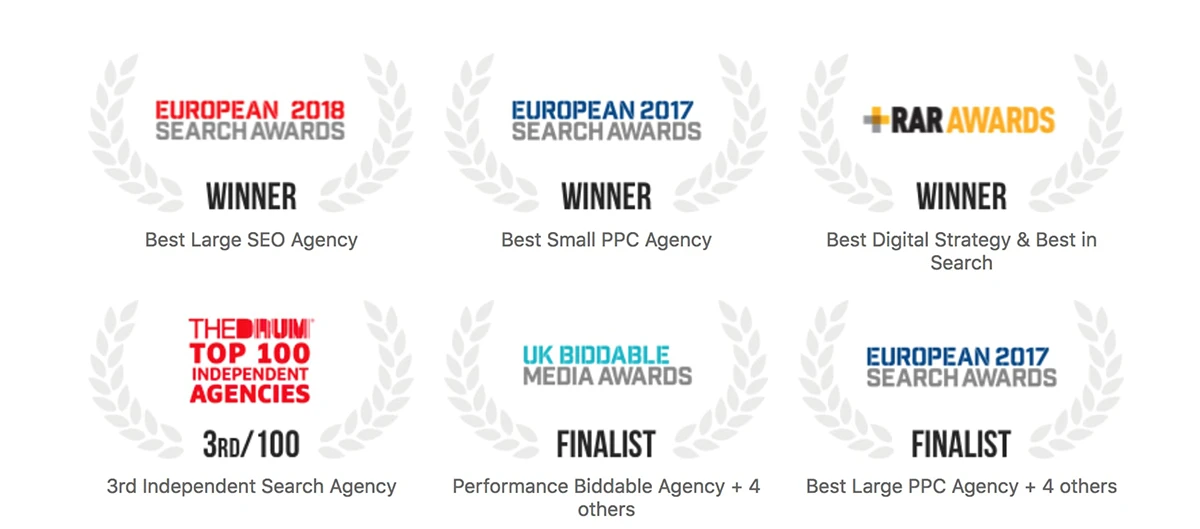
Social proof reassures visitors that they are making the right decision by engaging with your offer.
7. Design a Clear and Compelling CTA
The call-to-action (CTA) is the key element of your landing page. It should stand out visually, use action-oriented language, and clearly convey what will happen when visitors click it.
- Use contrasting colors for the CTA button to make it visually prominent.
- Use action verbs like “Get Started,” “Download Now,” or “Register Today.”
- Clearly state what the visitor will receive or achieve by clicking the CTA.
Test different CTA variations to determine which one yields the highest conversion rates.
8. Implement A/B Testing
Creating high-converting landing pages is an ongoing process of refinement. A/B testing allows you to compare two versions of a landing page (A and B) to see which one performs better. Test elements like headlines, visuals, CTA buttons, and even page layouts to optimize for conversions.
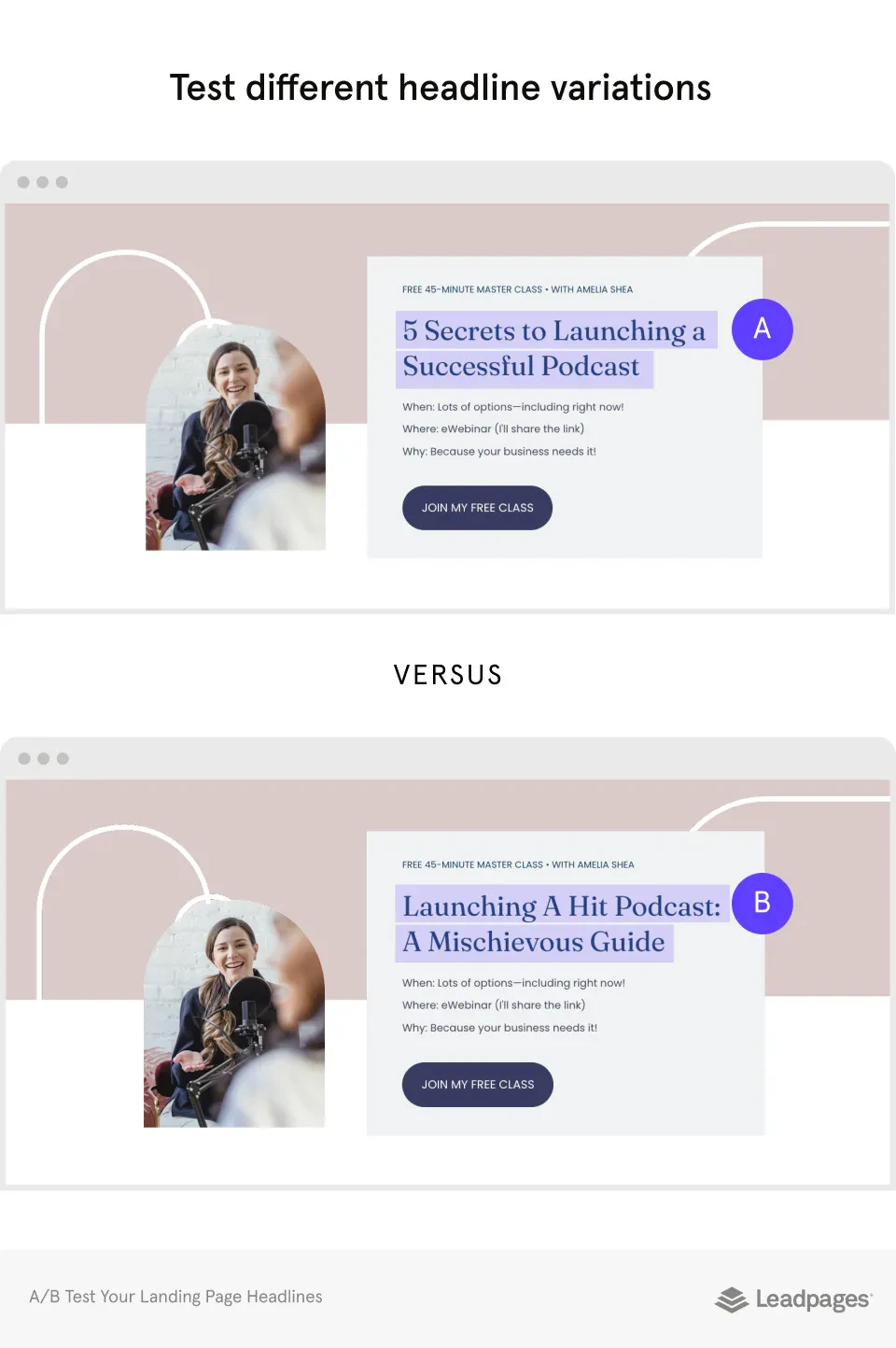
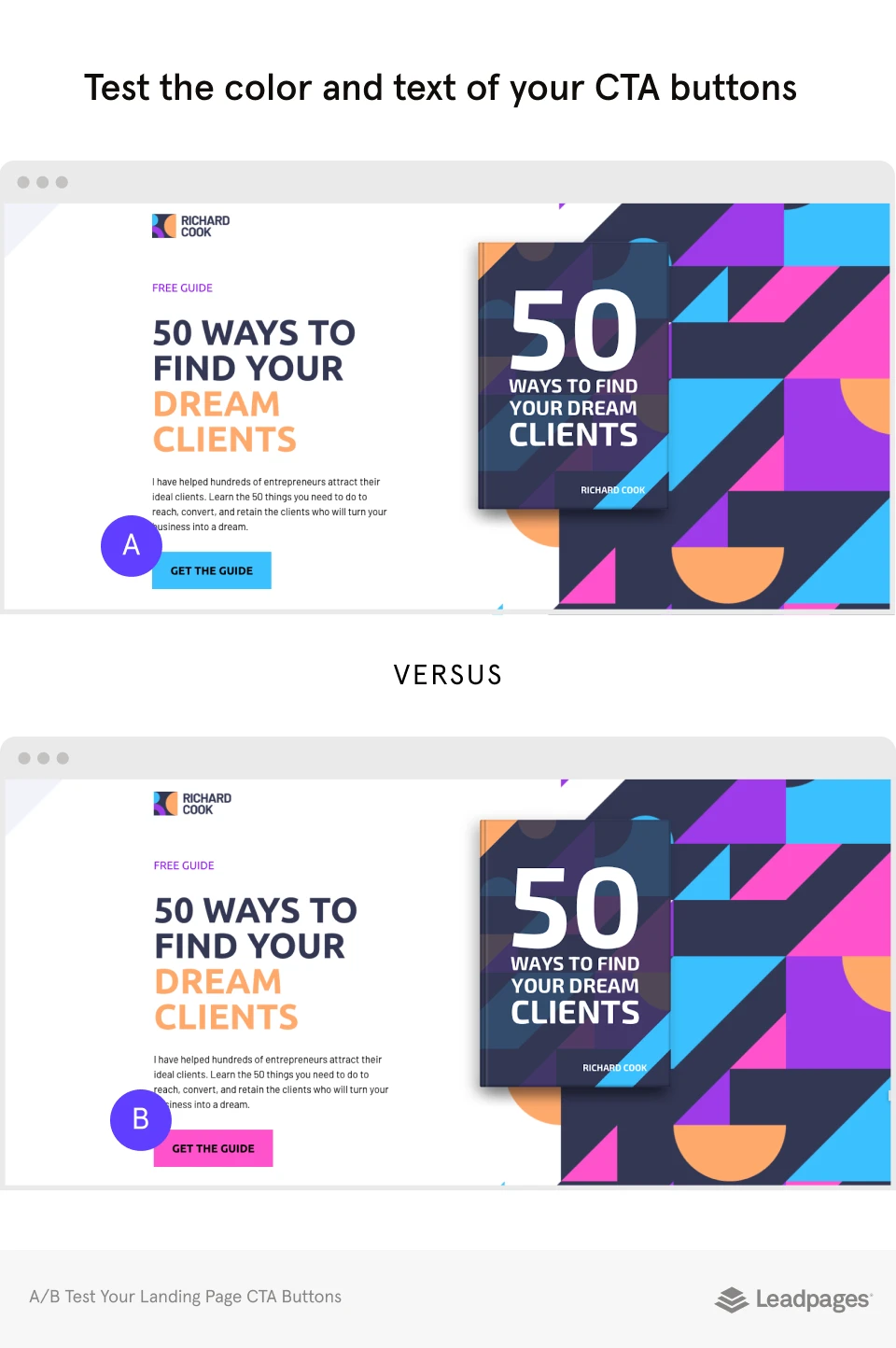
9. Mobile Optimization
With an increasing number of users accessing websites on mobile devices, it’s imperative you ensure that your landing page is mobile-friendly. Optimize the design and layout for smaller screens to provide a seamless experience for mobile users.
10. Analyze and Iterate
After launching your landing page, use web analytics tools to track its performance. Monitor key metrics such as conversion rate, bounce rate, and click-through rate. Analyze the data to identify areas for improvement and iterate on your landing page to boost its conversion potential.
Takeaway
Creating high-converting landing pages is both an art and a science. By setting clear goals, crafting compelling content, building trust, and continuously optimizing, you can create landing pages that not only capture your audience’s attention but also drive them to take the desired action.
Remember that successful landing pages are the result of ongoing testing and refinement, so don’t be afraid to experiment and adapt to the preferences of your target audience.


